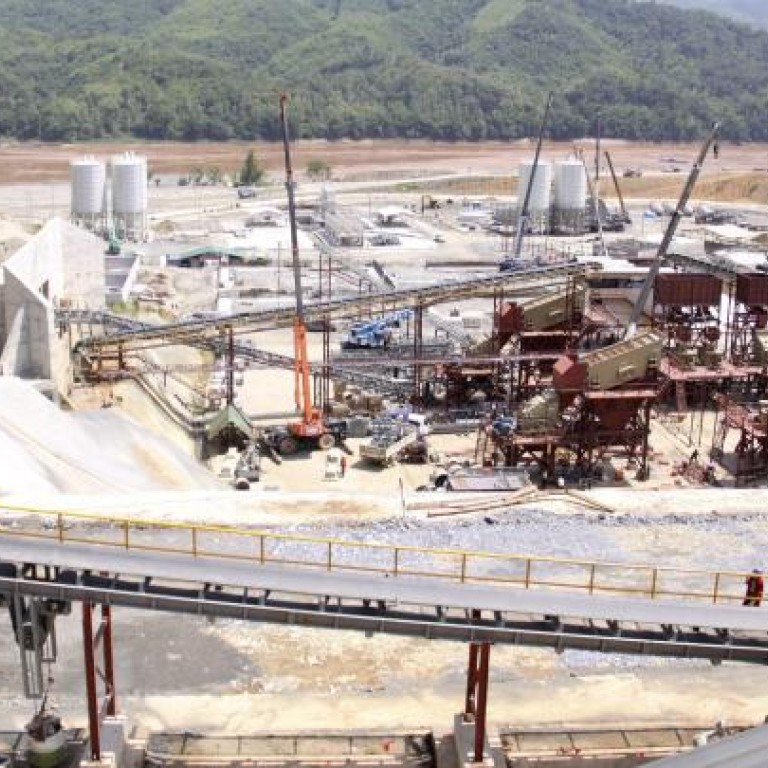
Vietnam and Cambodia hit back at landmark Laos dam
Mekong River countries called for halt to Xayaburi hydropower project
Vietnam urged Laos to halt construction of a US$3.5 billion hydropower dam pending further study, environmental activists said on Friday after a meeting of the Mekong River Commission.
The activists said Cambodia, also downriver from the Xayaburi dam, accused Laos during heated discussions on Wednesday and Thursday of failing to consult on the project.
The dam in northern Laos, the first of 11 planned for the lower Mekong river running through Southeast Asia, threatens the livelihood of tens of millions who depend on the river’s aquatic resources, activists say.
“Vietnam requested that no further developments on the Mekong mainstream occur until the Mekong mainstream dams study agreed upon at last year’s [Mekong River Commission] Council Meeting was completed,” International Rivers, an NGO devoted to river conservation, said.
“The Cambodian delegation asserted that Laos had misinterpreted the [Mekong River Commission’s] Mekong Agreement.”
Officials from Cambodia and Vietnam were not immediately available for comment.
Ministers from Vietnam, Cambodia, Laos and Thailand – the four member countries that make up the Mekong River Commission (MRC), which is tasked with overseeing the river’s development – met in northern Laos on Wednesday and Thursday.
The MRC is bound by treaty to hold intergovernmental consultations before dams are built. But members have no veto.
Turning point
“In the absence of an agreement, other countries can disagree if they like but this can’t stop Laos,” said Jian-hua Meng, a specialist in sustainable hydropower at the World Wildlife Fund.
“The role of the MRC is now being questioned, along with the level of investment put in the organisation.”
In December 2011, MRC member states agreed to conduct new environmental impact assessments before construction proceeded, but last August CH Karnchang, the Thai construction company behind the project, said it had resumed work.
A groundbreaking ceremony in November signalled the formal start of construction, said Meng.
CH Karnchang’s 50 per cent-owned subsidiary, Xayaburi Power, received a 29-year concession from the Lao government to operate the dam’s power plant and Thailand is set to buy around 95 per cent of the electricity generated.
Milton Osborne of the Lowy Institute, an Australian foreign policy think tank, said Xayaburi marked a turning-point that would enable others to build their own dams, including Cambodia.
He described as a “monstrous disaster” a proposal for a Chinese power company to build a dam at Sambor in northeastern Cambodia, on a tributary of the Mekong.

Threats to delta
Laos, Thailand, Vietnam and Cambodia share the lower stretches of the roughly 4,600 kilometre-long Mekong. Activists say dams could threaten food security in Cambodia and Vietnam.
The river provides up to 80 per cent of the animal protein consumed in Cambodia and sediment and changes to river flow threaten the Mekong Delta, which contributes half of Vietnam’s agricultural GDP.
Cambodia approved its own hydroelectric dams in November.
A second Cambodian project, the Lower Sesan dam in northern Stung Treng province, is a joint venture between Cambodian, Chinese and Vietnamese companies. Campaigners say it would reduce the fish catch in a country with malnutrition issues.

